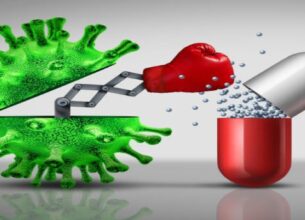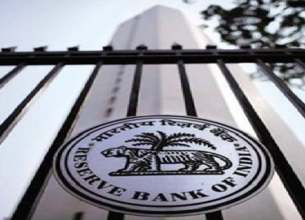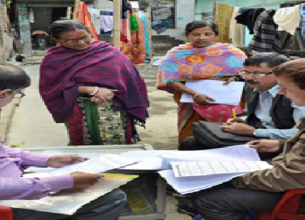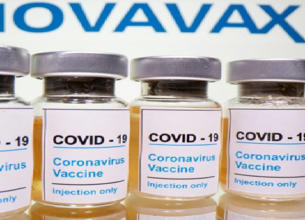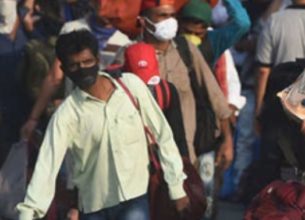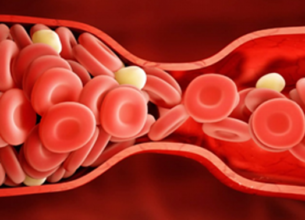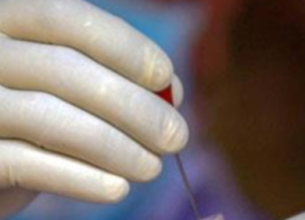FUNDING OF WHO
13, Apr 2020
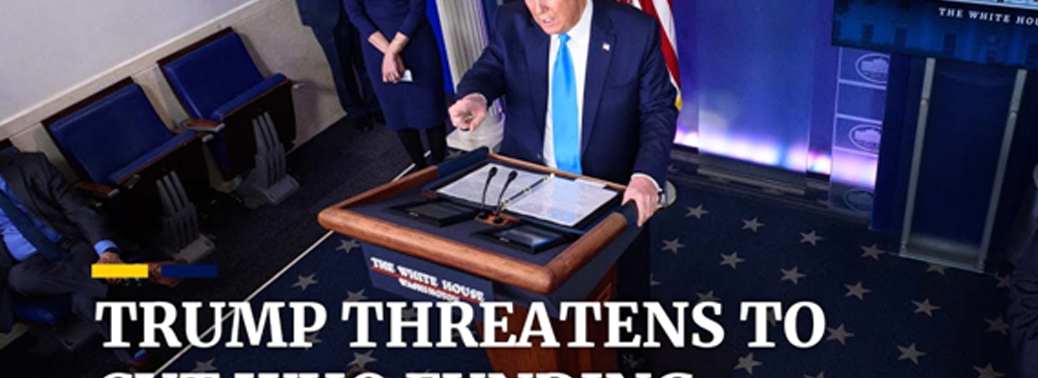
Prelims level : International Organisations
Mains level : GS-II Important International institutions, agencies and fora- their Structure, Mandate.
Why in News?
- US President Donald Trump has planned to put a hold on America’s funding to the World Health Organization, accusing it of becoming China-centric during the ongoing coronavirus pandemic.
How it impacts WHO?
- The US is the largest contributor to the WHO. The US share is part of the assessed contributions, which is more like a membership fee, calculated on the basis of a country’s wealth and population, payable on January 1 each year.
- The share of assessed contributions in WHO’s annual budget has declined over the years, to the extent that they now constitute just 24%. The rest is through voluntary contributions not just from member nations but also from private organisations.
- Besides, as of January 31, the US still hasn’t paid the dues for 2019 or for 2020, amounting to almost $200 million. Therefore, the impact would not be much on WHO.
What is its Implication on US?
- If Trump does decide to block the US’ contribution, the WHO can suspend the country’s voting rights and deny access to its services, as per Article 7 of its Constitution.
About WHO:
- WHO came into existence on 7 April, 1948 – a date, which is now celebrated as World Health Day every year. The organisation has more than 7,000 people working in 150 country offices, six regional offices and at its headquarters in Geneva, Switzerland.
How WHO is Governed?
- The World Health Assembly (delegations from all member countries) determines the policies of the organisation.
- The executive board is composed of members technically qualified in health, and gives effect to the decisions and policies of the health assembly.
- Its core function is to direct and coordinate international health work through collaboration.
How is the WHO Funded?
- There are four kinds of contributions that make up funding for the WHO. These are:
- Assessed contributions are the dues countries pay in order to be a member of the Organization. The amount each Member State must pay is calculated relative to the country’s wealth and population.
- Voluntary contributions come from Member States (in addition to their assessed contribution) or from other partners. They can range from flexible to highly earmarked.
- Core voluntary contributions allow less well-funded activities to benefit from a better flow of resources and ease implementation bottlenecks that arise when immediate financing is lacking.
- Pandemic Influenza Preparedness (PIP) Contributions were started in 2011 to improve and strengthen the sharing of influenza viruses with human pandemic potential, and to increase the access of developing countries to vaccines and other pandemic related supplies.
Who is the Largest Contributor?
- The United States is currently the WHO’s biggest contributor, making up 14.67 per cent of total funding by providing $553.1 million.
- The US is followed by the Bill & Melinda Gates Foundation forming 9.76 per cent or $367.7 million.The third biggest contributor is the GAVI Vaccine Alliance at 8.39 per cent, with the UK (7.79 per cent) and Germany (5.68 per cent) coming fourth and fifth respectively.
- The four next biggest donors are international bodies: United Nations Office for the Coordination of Humanitarian Affairs (5.09 per cent), World Bank (3.42 per cent), Rotary International (3.3 per cent), and the European Commission (3.3 per cent).
- India makes up 0.48 per cent of total contributions, and China 0.21 per cent.
How’s Fund Allocated?
- Out of the total funds, $1.2 billion is allotted for the Africa region, $1.02 billion for Eastern Mediterranean region, $963.9 million for the WHO headquarters, followed by South East Asia ($198.7 million), Europe ($200.4 million), Western Pacific ($152.1 million), and Americas (39.2 million) regions respectively. India is part of the South East Asia region.
- The biggest programme area where the money is allocated is polio eradication (26.51 per cent), followed by increasing access to essential health and nutrition services (12.04 per cent), and preventable diseases vaccines (8.89 per cent).



